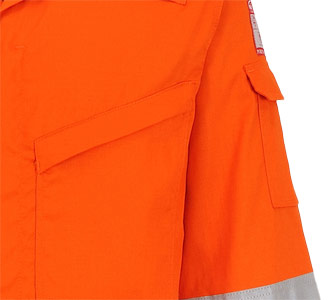
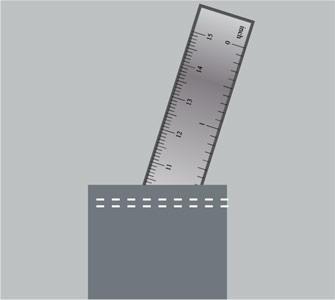
In order to comply with EN ISO 11611 all external pockets must be flapped, except for side pockets below the waist which do not extend more than ten degrees forward of the seam.
A single rule pocket with an opening not greater than 75mm is permitted behind the side seam on one or both legs.
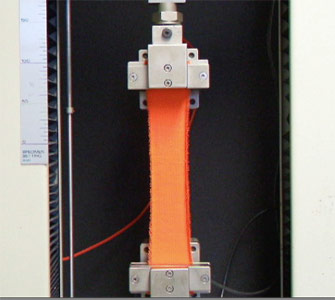
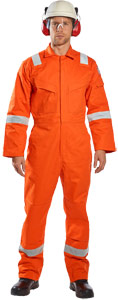
To meet EN ISO 11611 tensile strength must be at least 400N and tear strength must be at least 15N for class 1 and 20N for class 2.
For example:
Portwest's winning FR50 style has a tensile strength value of at least 500N and tear strength of at least 25N after 50 washes.
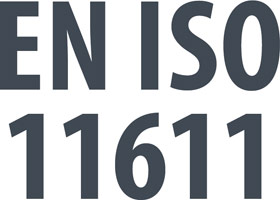

This international standard specifies minimum basic safety requirements and test methods for protective clothing for use in welding and allied processes (excluding hand protection). There are two classes with specific performance requirements.
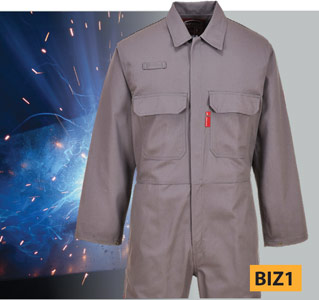
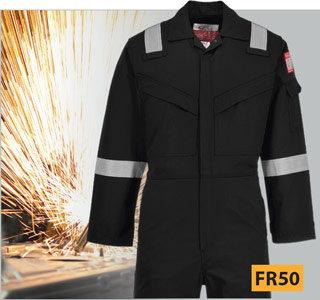
Class 1 is protection against less hazardous welding techniques and situations, causing lower levels of spatter and radiant heat.
Class 2 is protection against more hazardous welding techniques and situations, causing higher levels of spatter and radiant heat.

The EN ISO 11611: standard has the following parameters:
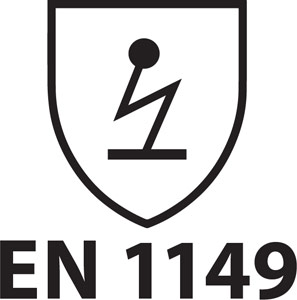
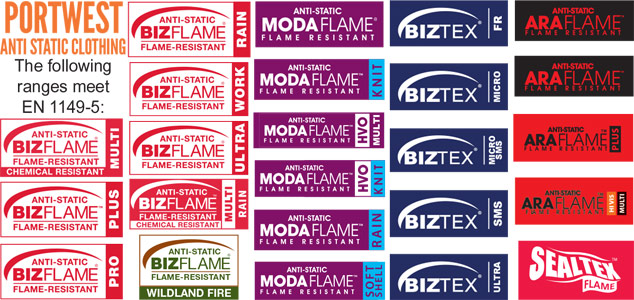
This European standard is part of a series of standards for test methods and requirements for electrostatic properties of protective clothing.
The standard specifies material and design requirements for garments used as part of a total earthed system, to avoid incendiary discharges.
The requirements may not be sufficient in oxygen enriched flammable atmospheres.
This European Standard is not applicable for specifying protection against main voltages.
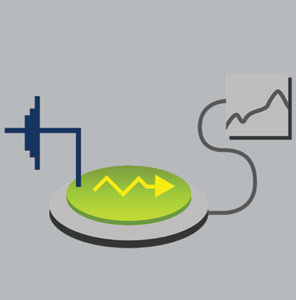
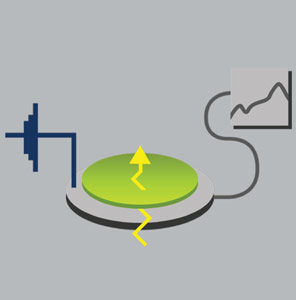
Test method for measurement of surface resistivity. Surface resistance measures the conductivity between two points on the surface of a fabric. The lower the resistance the higher the conductivity, resulting in charge going to earth.
Test method for measurement of the electrical resistance through a material (vertical resistance). This is the level of conductivity when measured through the depth of a fabric.

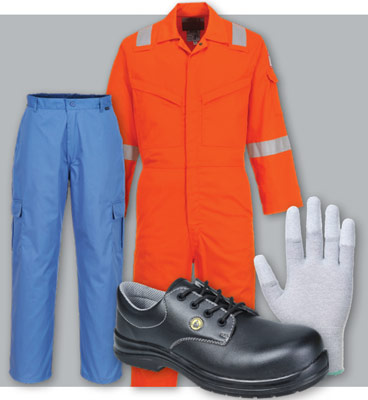
Test methods for measurement of charge decay. Charge decay measures how long it takes for an electric current to dissipate. The quicker it dissipates the higher the anti-static properties of the garment.
Please note the EN 1149-4 Garment Test is under development.
EN 1149-5 specifies the performance and design requirements to avoid static discharge for all electrostatic dissipative protective clothing as part of an entire earthed system, shoes, clothing & floor. The material meets the requirements.
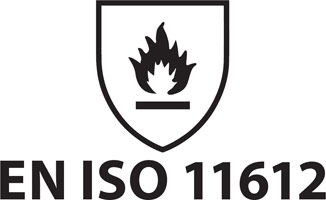
EN ISO 11612 is the standard for protective clothing which protects against heat and flame. Users for these garments include those who work in oil & gas, welding & allied processes, mining, petroleum and many other industries.
There are a host of specific tests conducted as part of EN ISO 11612, including tests for: Flame Spread, Tensile Strength, Tear Resistance, and Heat Resistance.

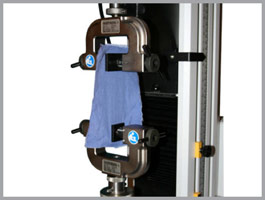
Flame Spread Test:
A flame is held against the fabric for ten seconds. After it is removed the fabric should not continue to burn. There should be no hole formation, melting or molten debris.
Tensile Strength Test:
The fabric must be able to withstand a minimum force of 300 newtons while being stretched or grabbed.

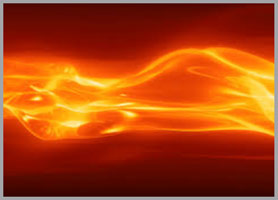
Tear Resistance Test:
The fabric must be able to withstand a minimum force of 10 newtons before it will tear.
Heat Resistance Test:
The fabric is placed in an oven at 180oC and must not ignite melt or shrink within the first 5 minutes in order to comply with the standard.
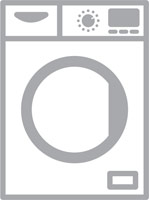
Garments must be laundered according to the manufacturer's instructions; incorrect laundering of flame resistant garments can seriously affect their performance and fit.
The flame resistant finish is retained for the normal life cycle of the garment provided that the care instructions are adhered to.
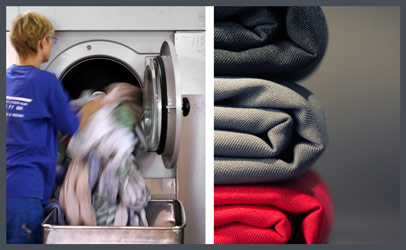
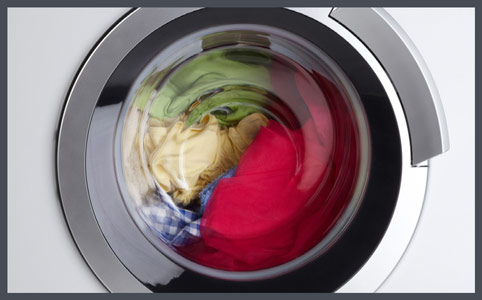
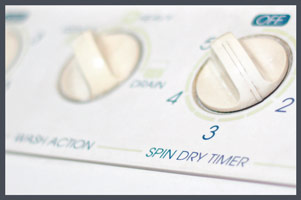
Introducing the Portwest FR Hood in Navy – a reliable choice for professionals looking to add an extra layer of safety to their protective gear. This hood is designed to pair seamlessly with most helmets, offering insulation, comfort, and high protection levels from various hazards. Discover the specifications that make it stand out:
Key Features:
Standards:
Opt for the Portwest FR Hood in Navy to experience a protective gear that encapsulates warmth, safety, and ease of use, safeguarding you in environments with exposure to fire hazards and electrical charges while ensuring comfort and flexibility.
Specifications are subject to change - See Terms & Conditions for more info
Portwest has been independently rated by Ecovadis for its environmental, social, and ethical performance and achieved a silver rating, meaning they are in the top 25% of globally rated companies.
The pillars taken into consideration include the environment, labour practices and human rights, ethics, and sustainable procurement.
This product conforms with essential health and safety requirements as set out in European Directives.
40+ UPF rated fabric to block 98% of UV rays.
This product is a new addition to the range of Portwest products.
This garment is lined for added warmth and comfort.
Wash at a Maximum Temperature of 40°C using a gentle wash cycle
Do not bleach this item
This item must not be tumbled dried
This item must be left to drip line dry
This item can be ironed on a medium temperature setting of up to 150°C
Do not dry clean this item